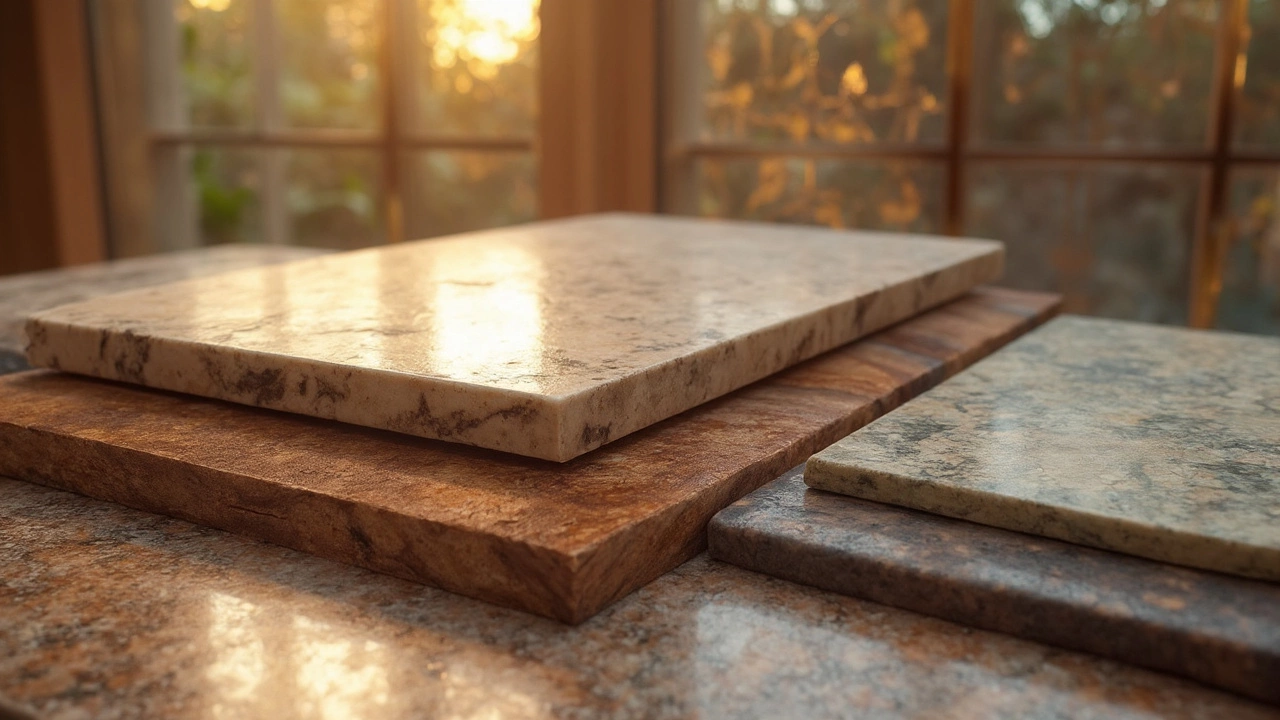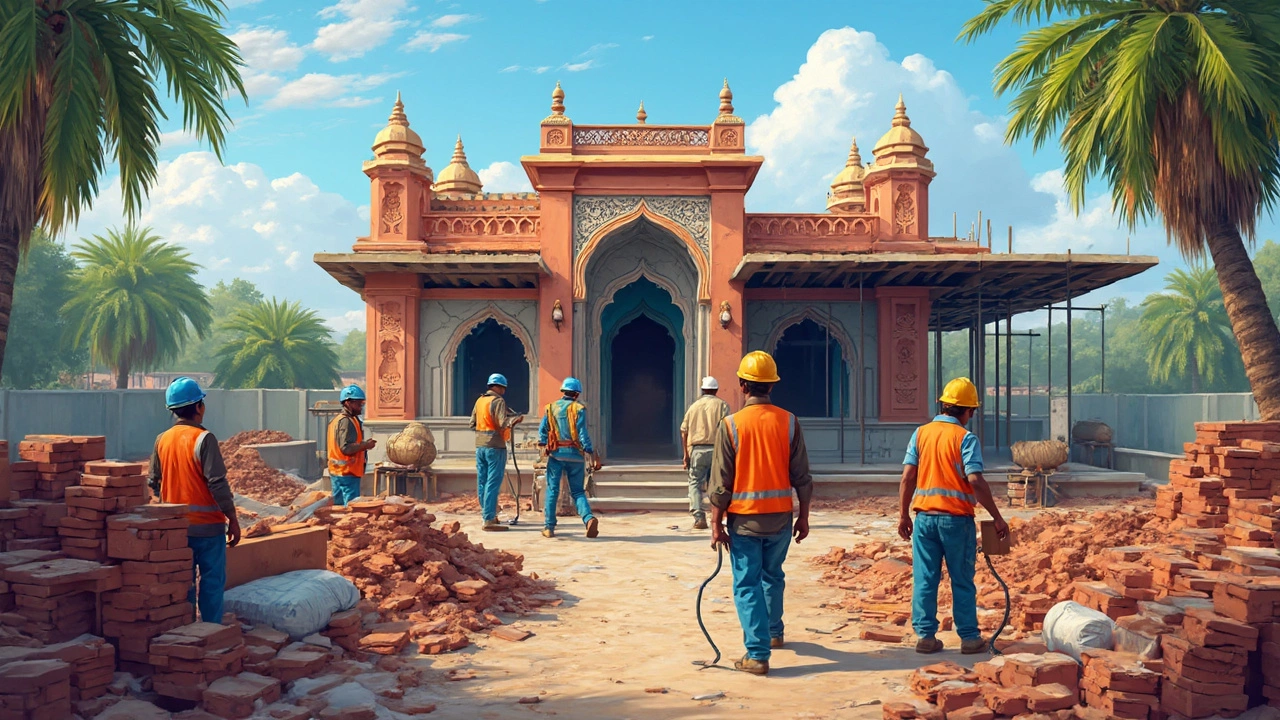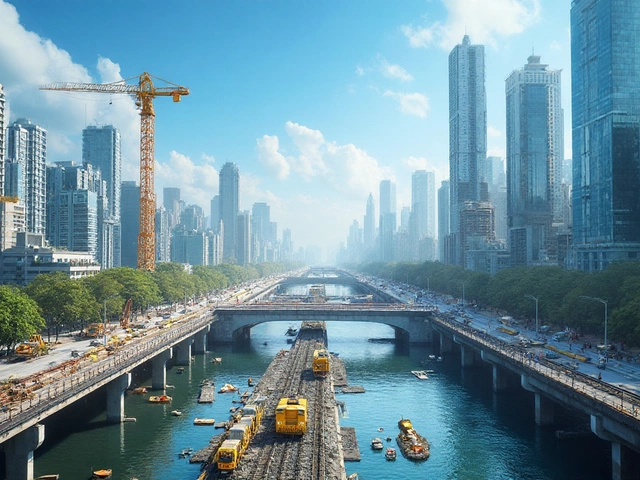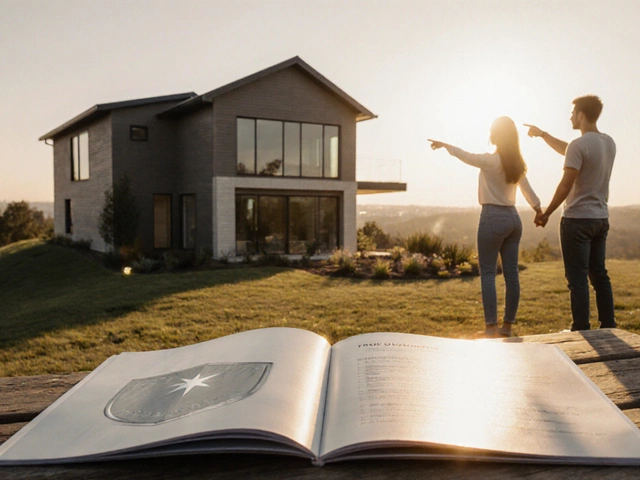When you're building a new home, the excitement of seeing your dream take shape bricks by brick is incomparable. However, the costs can mount up quickly. So, what's the most expensive part of a new build? Well, it's not just one thing.
Starting from the ground up, foundation and framing can cost a lot. Think of it as creating the backbone of your house; you want it sturdy, but stability comes with a price tag. The quality of materials matter, and labor costs are no small part of it. This isn't something you'd want to skimp on.
Then there's roofing. It might not be the first thing you think about, but the choices here can make or break your budget. The type of material you choose, like slate or tiles, changes everything. But before you complain, remember: a good roof is a solid investment in the story of your home.
Foundation and Framing
When it comes to home building, the foundation and framing are literally where everything begins. You can't have a sturdy house without a solid base. But, why is this part so pricey? Well, let's break it down.
Foundation Basics
The foundation is not just there to hold the house up. It fights against gravity, supports the weight, and protects against moisture, insects, and even mold. The cost mainly depends on the type of foundation you go with. Concrete slabs may be cheaper than full basements, but they might not be suitable for every location.
Framing Frenzy
Once the foundation is set, framing follows. This gives shape to your dream home, outlining walls, doors, and windows. Lumber prices have fluctuated wildly—thanks to supply chain issues and demand spikes—so your costs can vary drastically. This is where most of the labor costs come in too, as precise work is needed to make sure everything fits just right.
What Affects Costs?
- Location: Earthquake-prone areas might need stronger, more expensive reinforcements.
- Soil Conditions: Unstable soil requires added prep work.
- Materials: The choice between steel and wood framing can impact price.
Let's look at a quick cost comparison to see how different factors can influence budget:
| Component | Average Cost |
|---|---|
| Concrete Slab | $4,500 - $12,000 |
| Full Basement | $20,000 - $75,000 |
| Wood Framing | $7 - $16 per square foot |
| Steel Framing | $10 - $20 per square foot |
To keep the budget in check, it's always smart to get multiple quotes and understand what each covers. You might save quite a bit knowing exactly where and how you can trim costs without sacrificing quality.
Roofing Materials
When you're calculating the costs of your new build, the roof is one place where choices dramatically impact your budget. Roofing materials are more than just about the look; they're about durability and weather resistance too. Let’s break down what you might be looking at.
Types of Roofing Materials
Your options range from asphalt shingles, which are the most common due to their affordability and ease of installation, to more premium choices like slate or clay tiles. Asphalt shingles might cost between $3.50 to $5.50 per square foot installed, offering a balance of cost-effectiveness and decent lifespan.
Want something more durable? Metal roofs have gained popularity—they last longer and are more resistant to harsh climates. The catch? You're looking at around $7 to $12 per square foot. If visual appeal and longevity are priorities, slate might be your go-to, but expect to pay a premium. Slate roofs can cost upwards of $15 per square foot.
Key Considerations
- Climate: If you’re somewhere with heavy snow or hail, investing in sturdier materials can save you repair costs.
- Aesthetic: Your roof can enhance the overall design of your home, so choose a style that complements it.
- Longevity: Think long-term. Spending more upfront on durable materials can mean fewer headaches (and expenses) down the line.
Pro Tip: Always get a few quotes before deciding on the materials and contractors. A little research can go a long way toward a sound investment.
Interesting Fact
Did you know that lighter colored roofs can help reduce cooling costs? They reflect more sunlight, which can be particularly beneficial in hotter climates.
| Material Type | Average Cost Per Sq Ft | Average Lifespan |
|---|---|---|
| Asphalt Shingles | $3.50 - $5.50 | 20-30 years |
| Metal | $7 - $12 | 40-70 years |
| Slate | $15+ | 75-100 years |

Interior Finishes
Now, let's dive into the world of interior finishes — where the character of your new home really starts to shine. It might surprise you, but these finishing touches often end up being a major chunk of the budget. Why? Because this is where personal style and quality reign supreme.
Flooring
First off, floors. Whether you're a hardwood enthusiast or prefer eco-friendly bamboo, your choice here matters A LOT. Not just in price, but in vibe too. Sure, laminate might save you some bucks upfront, but is it the feel you’re going for in every room? Choices like solid hardwood or polished concrete can hike costs, but the payoff is a durable, beautiful floor you’ll love.
Kitchen and Bathrooms
Kitchens and bathrooms are notorious for spiking budgets. Custom cabinetry, high-end countertops like granite or quartz, and appliances can stretch that budget far and wide. It's here you'll also think about plumbing and fixtures—the details in these spaces can make or break functionality. Tile choices alone can vary wildly in cost, with intricate mosaic designs versus plain ceramic.
Paint and Wall Finishes
Then there’s paint, wallpaper, and other wall finishes. You might opt for a basic paint job, but adding textures, feature walls, or murals takes time and money. While a simple idea can transform a room, it's easy to overspend here if you're not watchful.
Lighting and Electrical
People often overlook the impact of lighting until they see the bill. Modern homes demand more than just overhead lights. Consider recessed lighting, smart switches, and designer chandeliers—each with distinct price tags. Right lighting affects everything from the ambiance to energy bills.
It's all about prioritizing what aligns with your lifestyle and budget. Whether you go all out with custom touches or keep it streamlined, each choice affects the budget and the feel of your new home.
Unseen Costs
Building a new home involves more than just visible expenses like bricks and beams. Many new builds come with a host of hidden costs that can easily sneak up on you. These are the costs that might not be immediately obvious but can seriously affect your budget.
Permits and Regulations
Before you even lay the first brick, there are permits and regulations to consider. Depending on where you're building, permits can range from a few hundred to several thousand dollars. It's not just about getting the green light; it's also about staying compliant with local laws, which can be a bit of a maze to navigate.Land Preparation
Even if you already own land, getting it ready for construction can be a surprise cost. Clearing trees, leveling the ground, and ensuring proper drainage aren't cheap endeavors. These preliminary steps are necessary to ensure your new home stands on a solid foundation.| Pre-construction Cost | Average Amount |
|---|---|
| Land Clearing | $1,500 - $5,500 |
| Permit Fees | $400 - $4,000 |
Utility Connections
Getting water, electricity, and plumbing up and running is essential but costly. These utilities don’t just appear; connecting them to a new site can involve substantial fees. This part is crucial and often underestimated in initial budgeting.Potential Changes and Delays
Changes to the original design or unforeseen delays due to weather or material availability can throw a wrench in your timeline and expenses. It’s smart to have a buffer in your budget to handle these changes without stress.When planning your construction costs, it’s smart to keep these unseen expenses in mind. Whether it's permits, land preparation, or utility connections, understanding these hidden costs will prepare you for the unexpected – keeping you on track and within budget as you bring your dream home to life.






